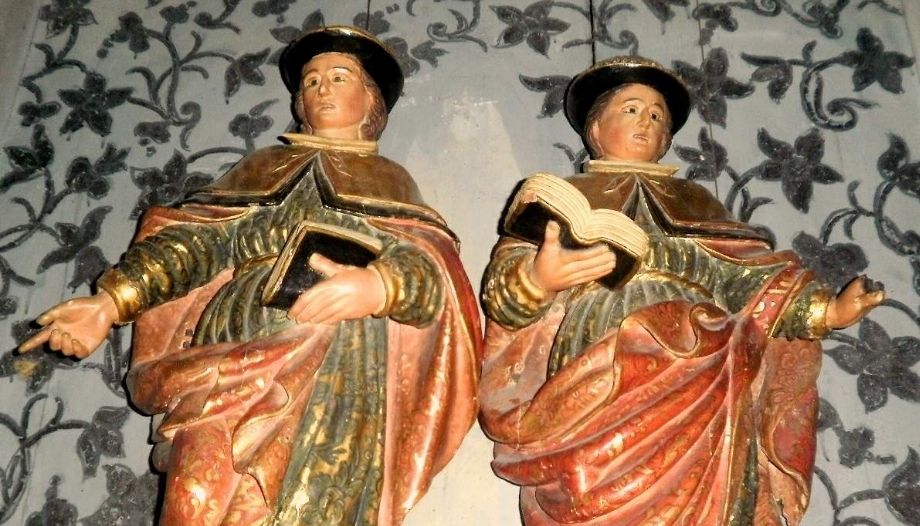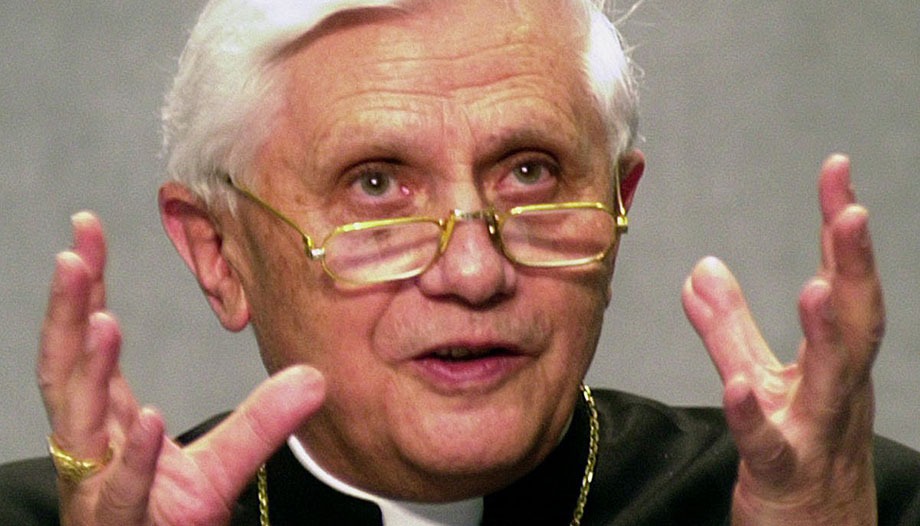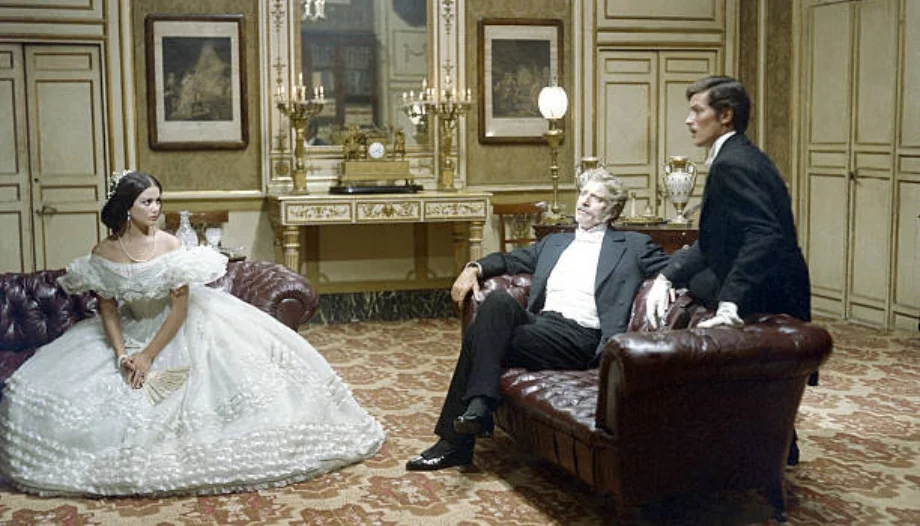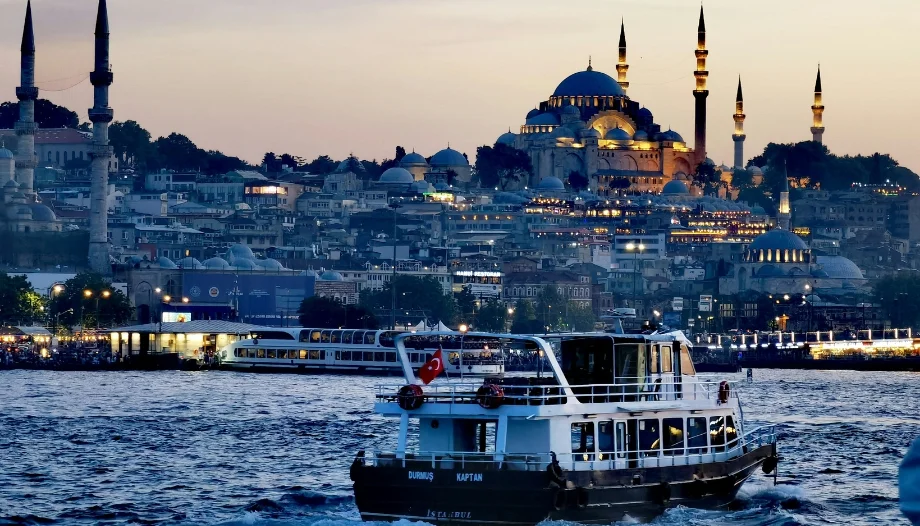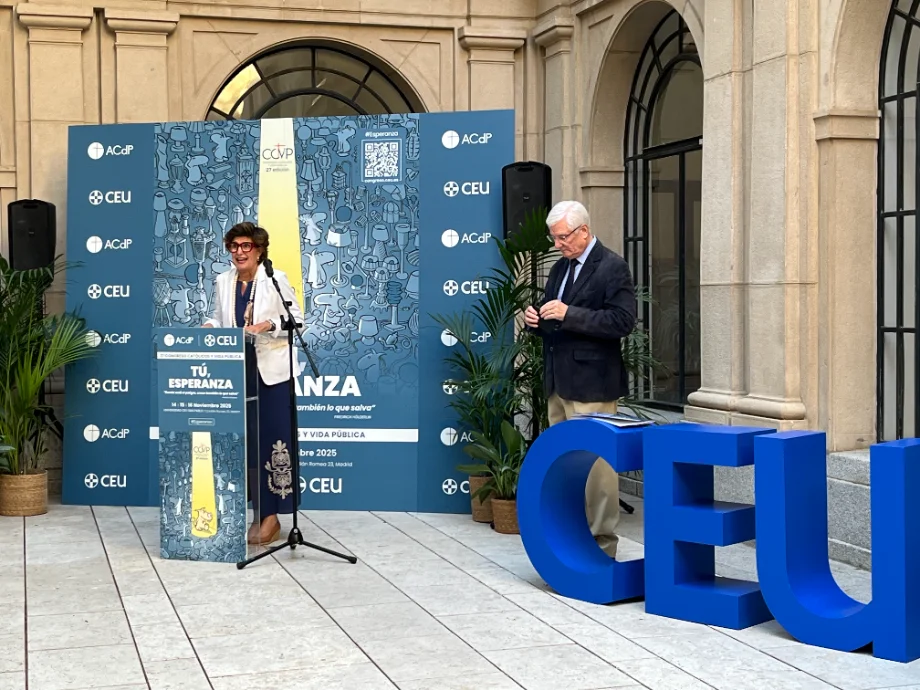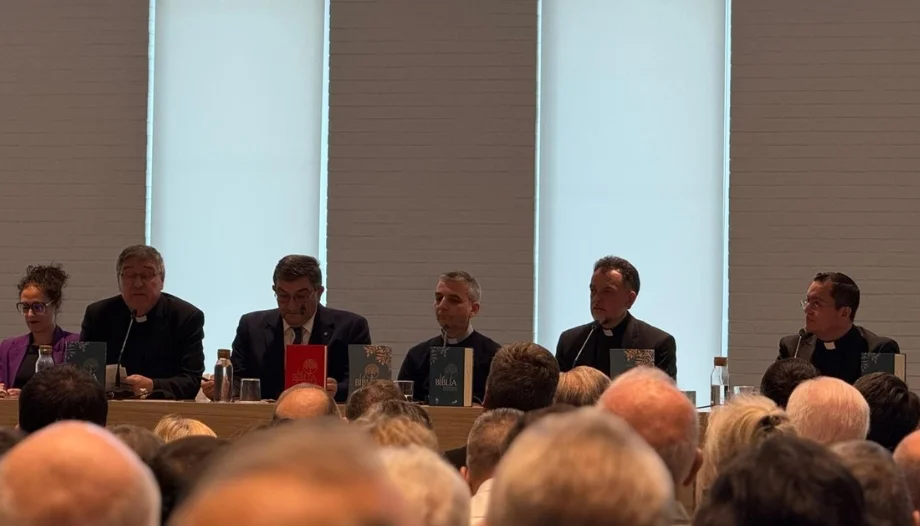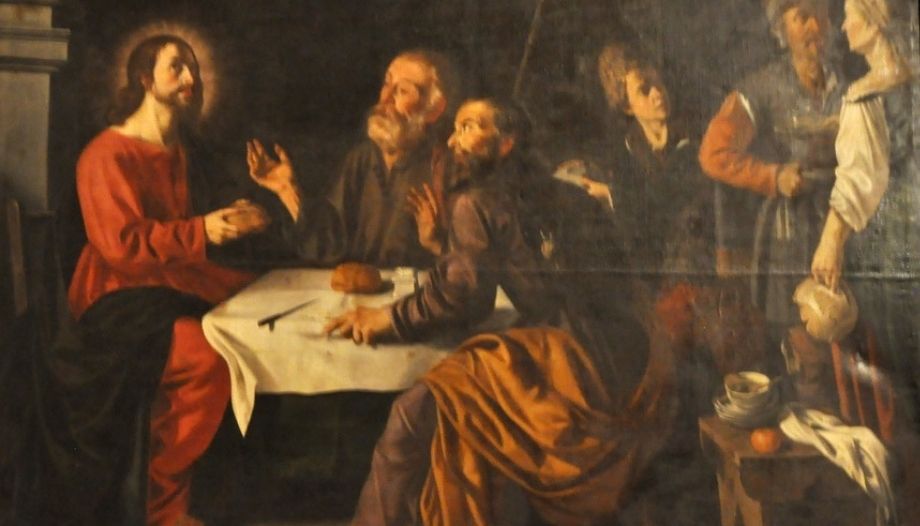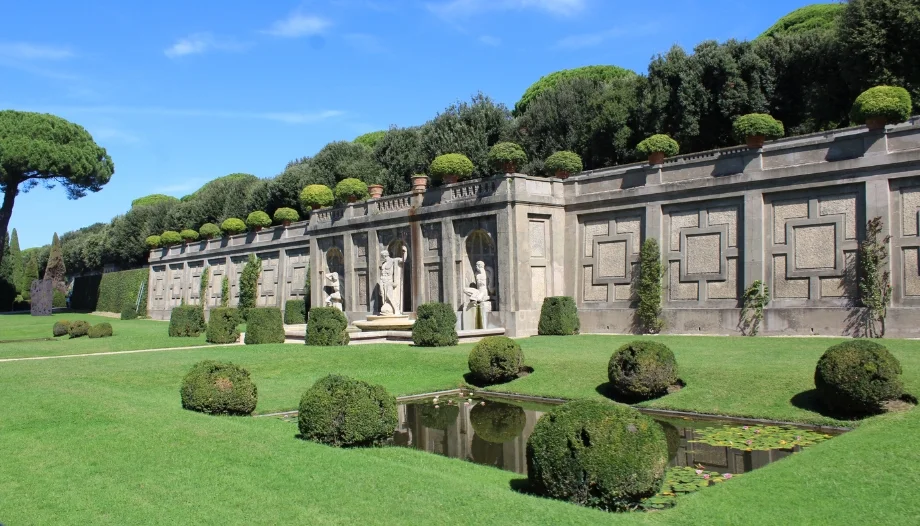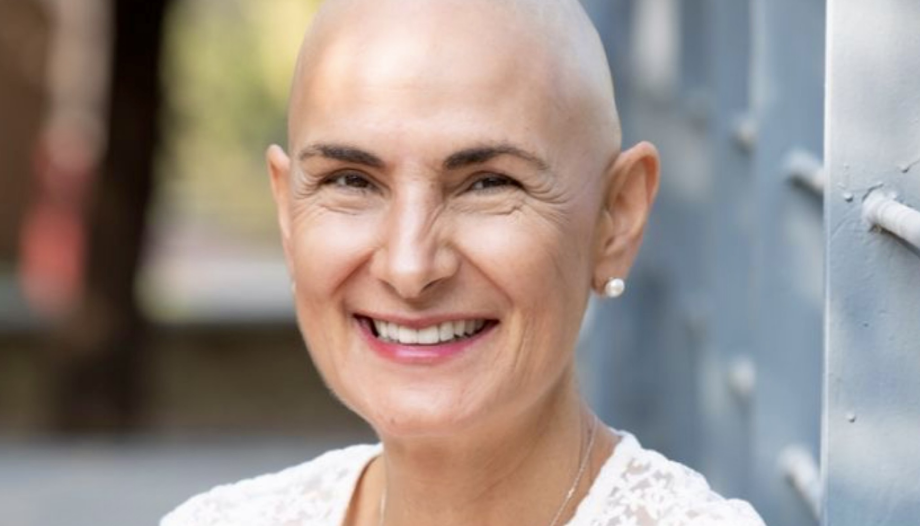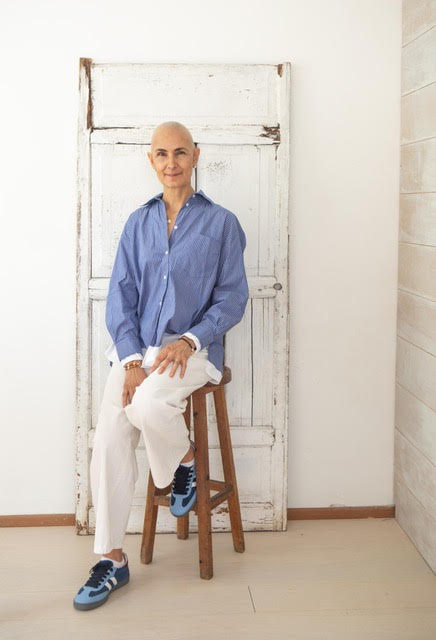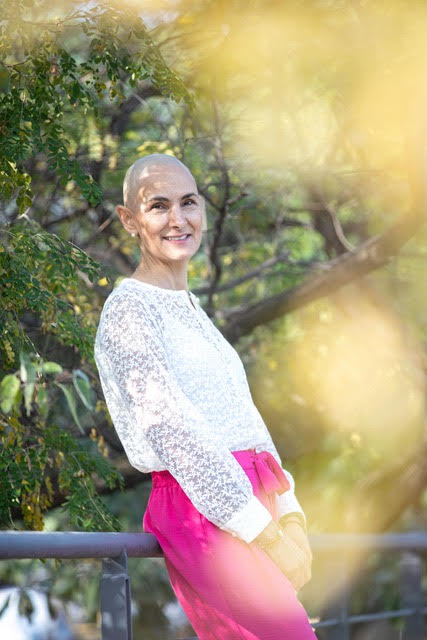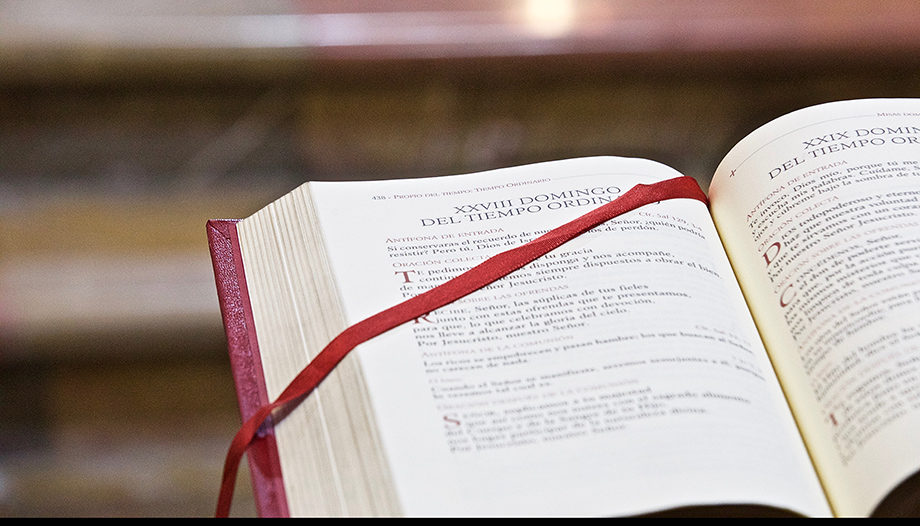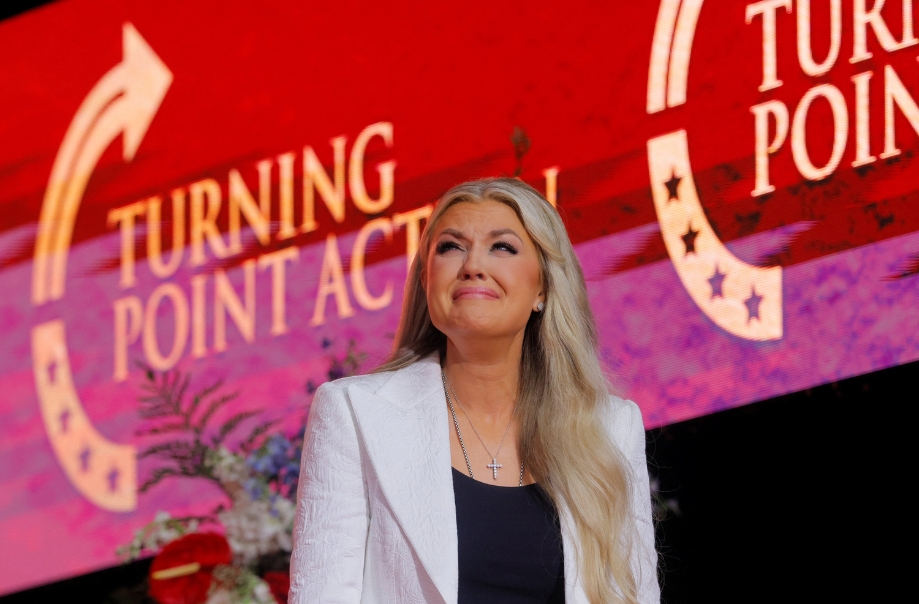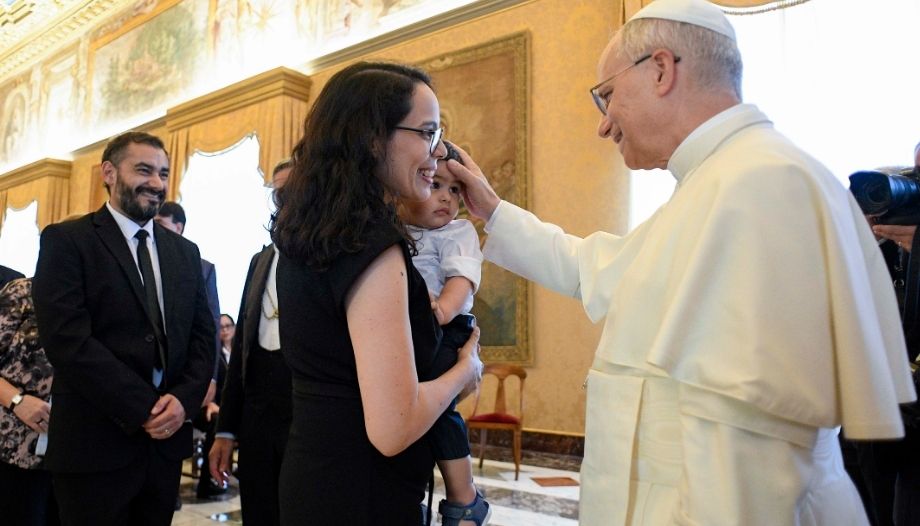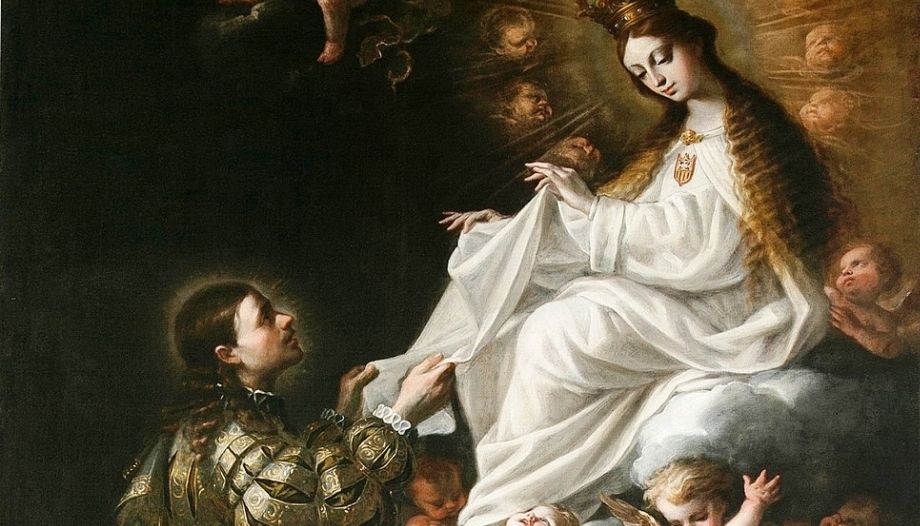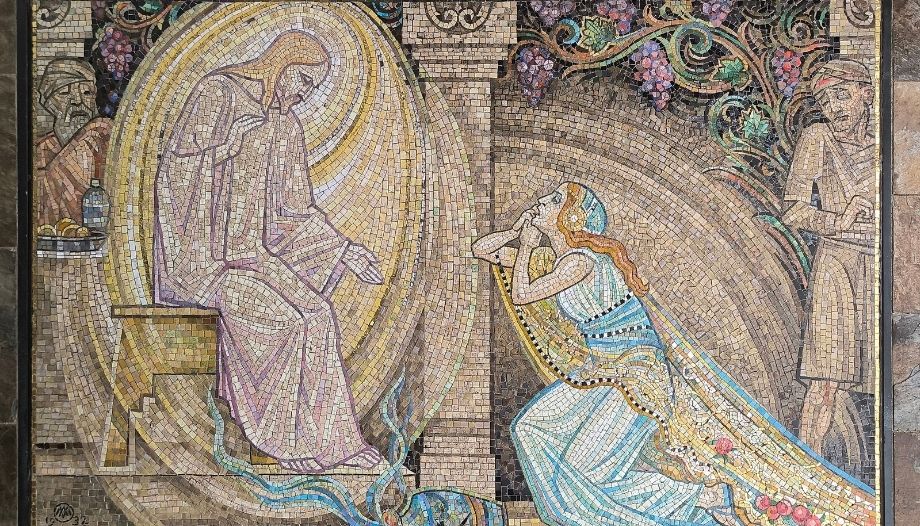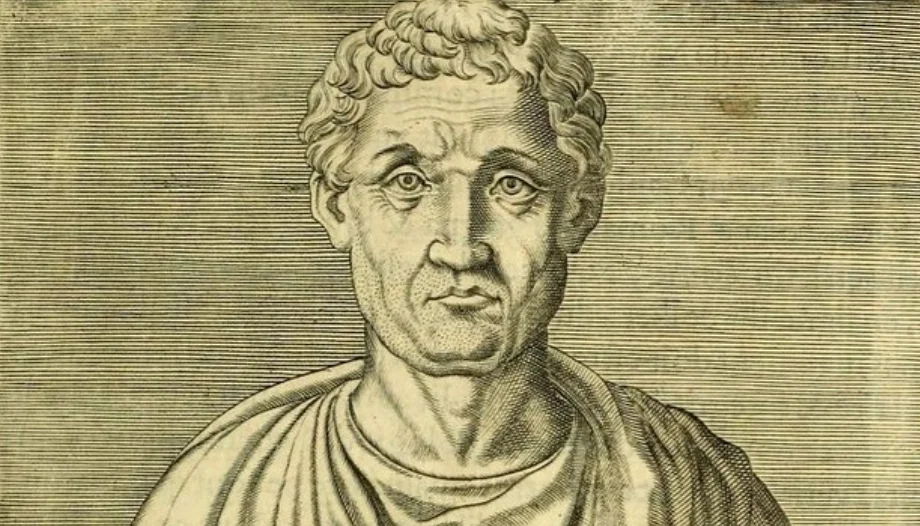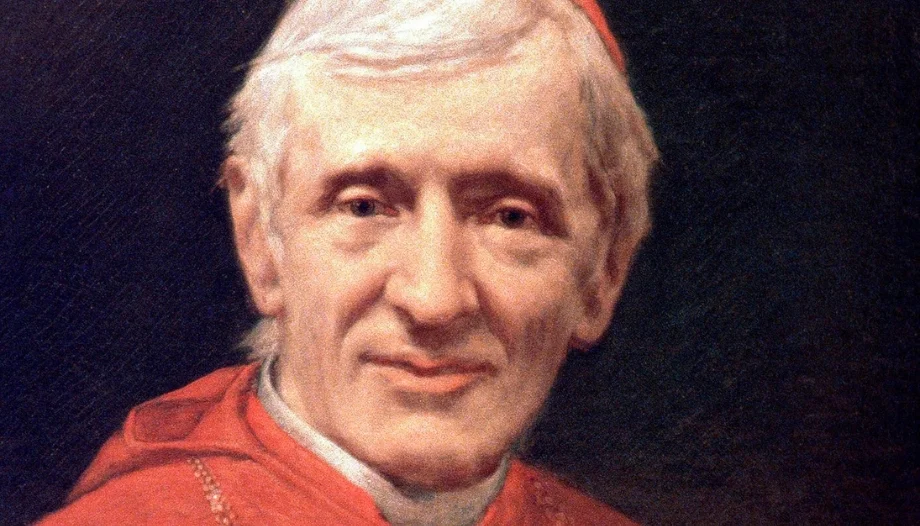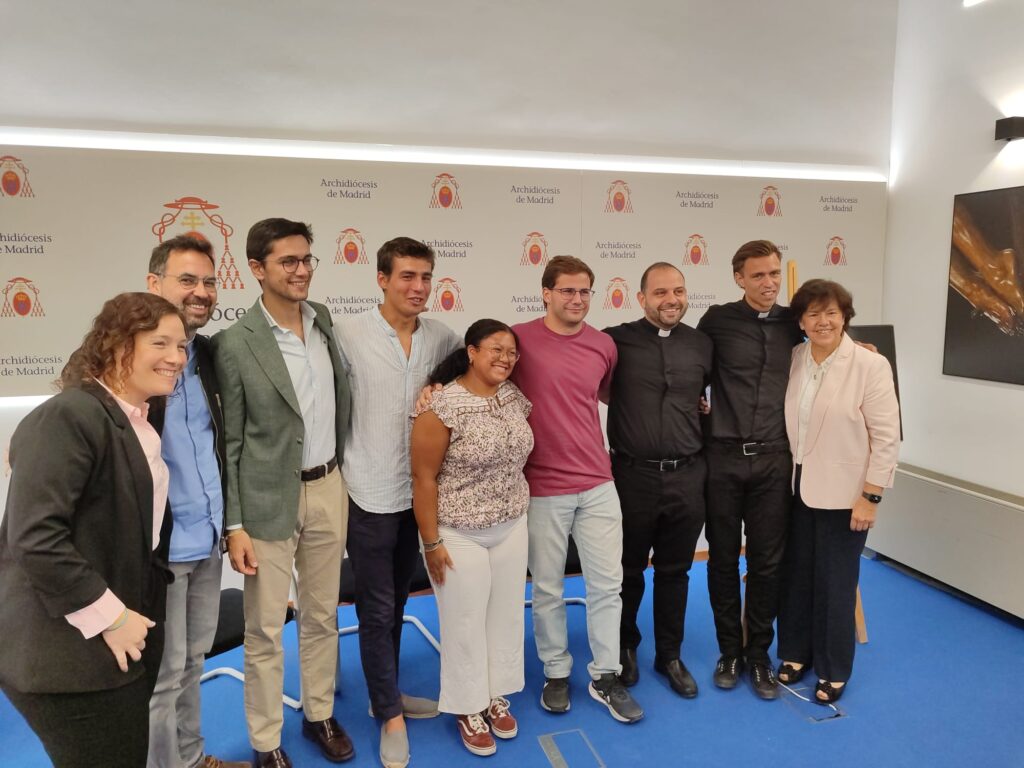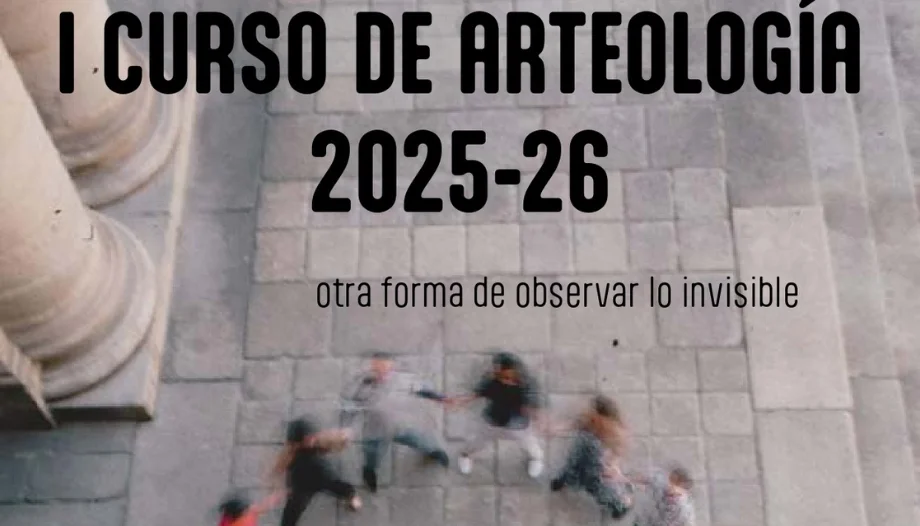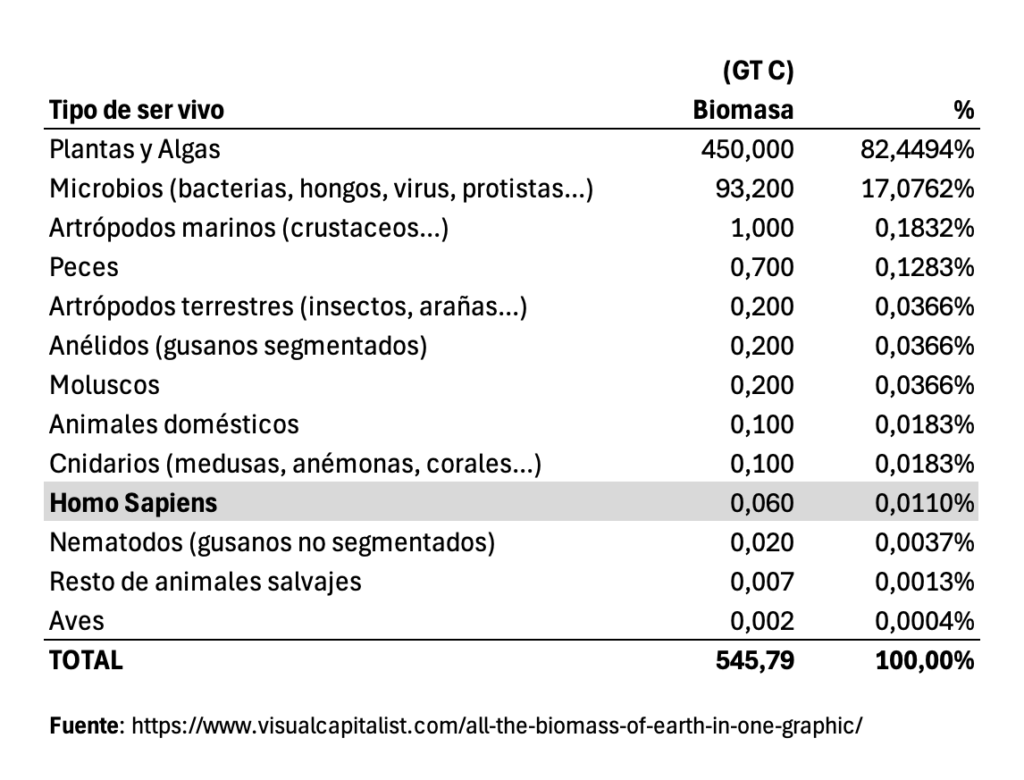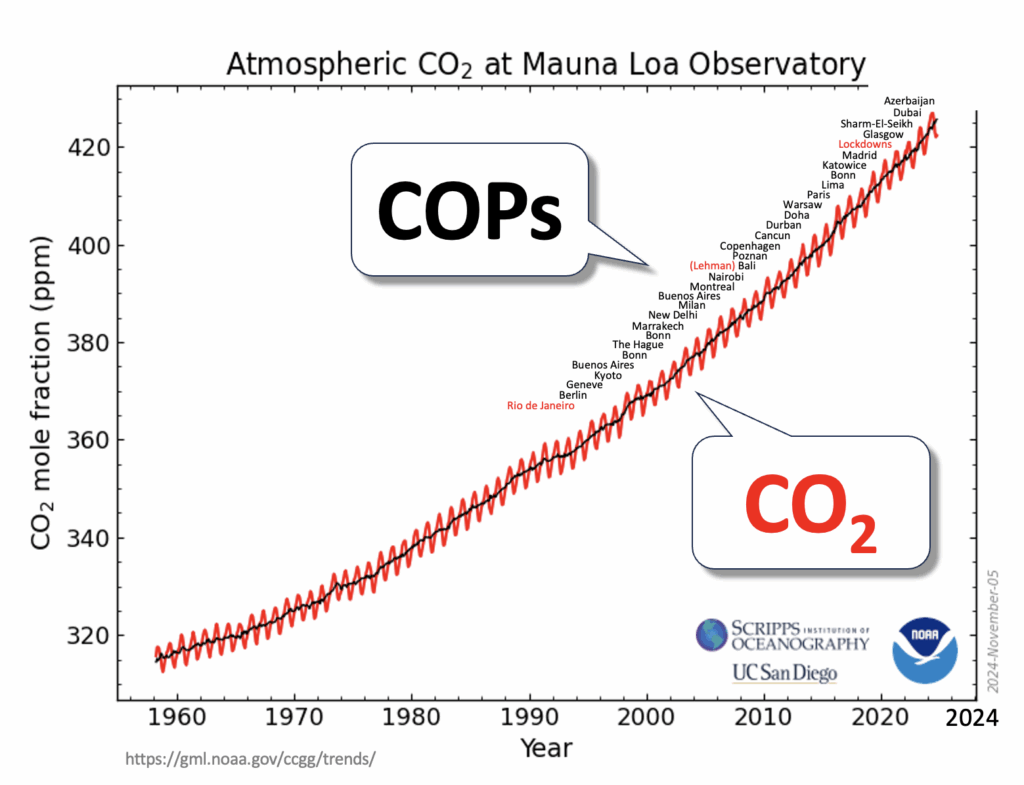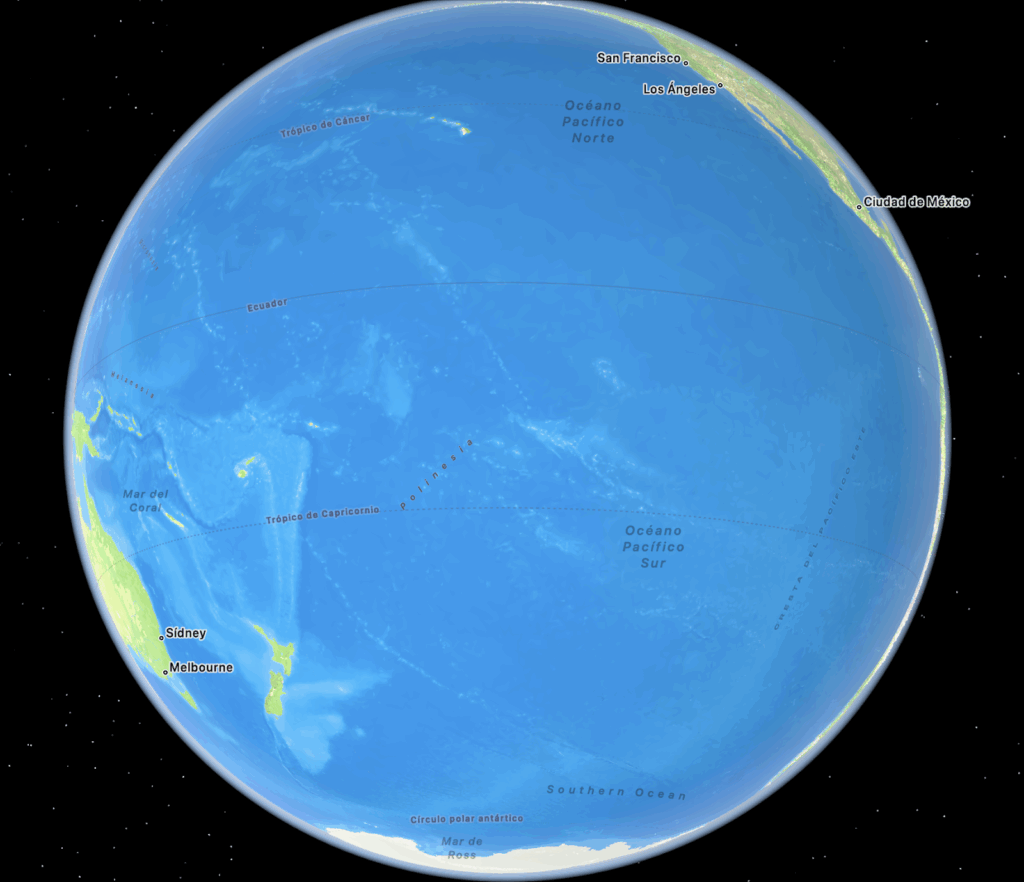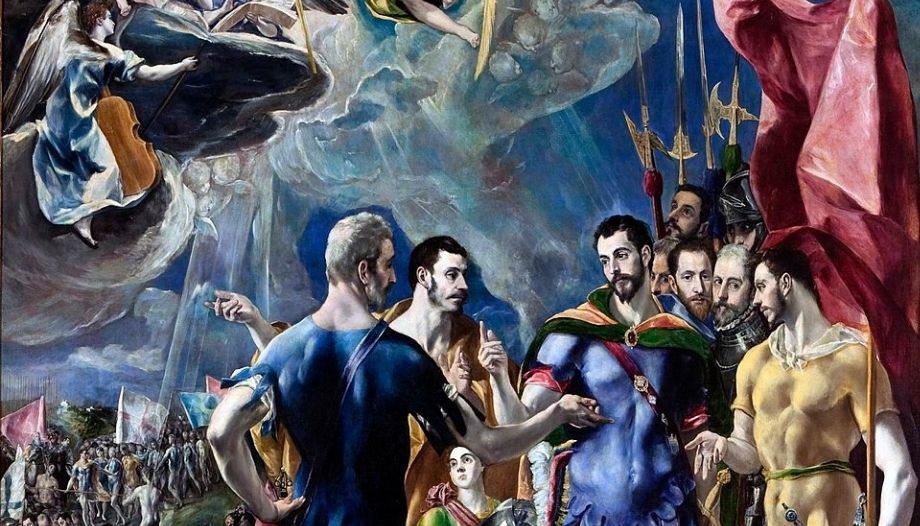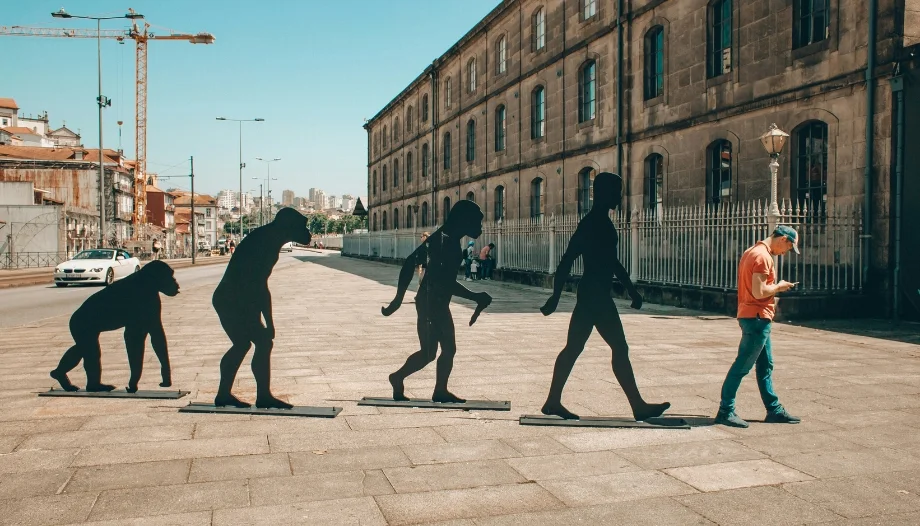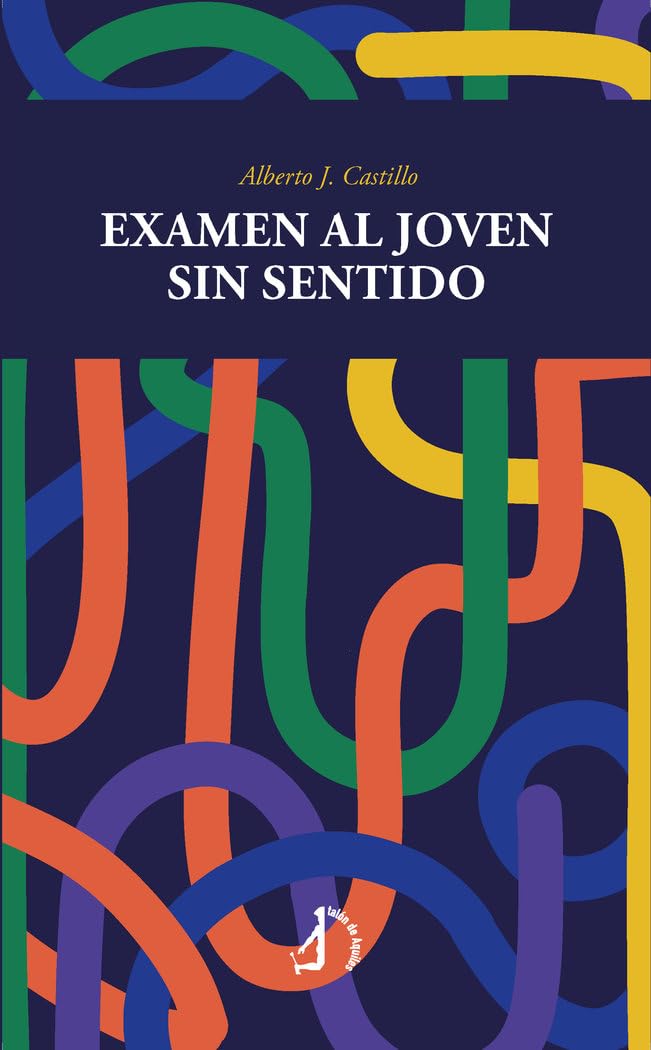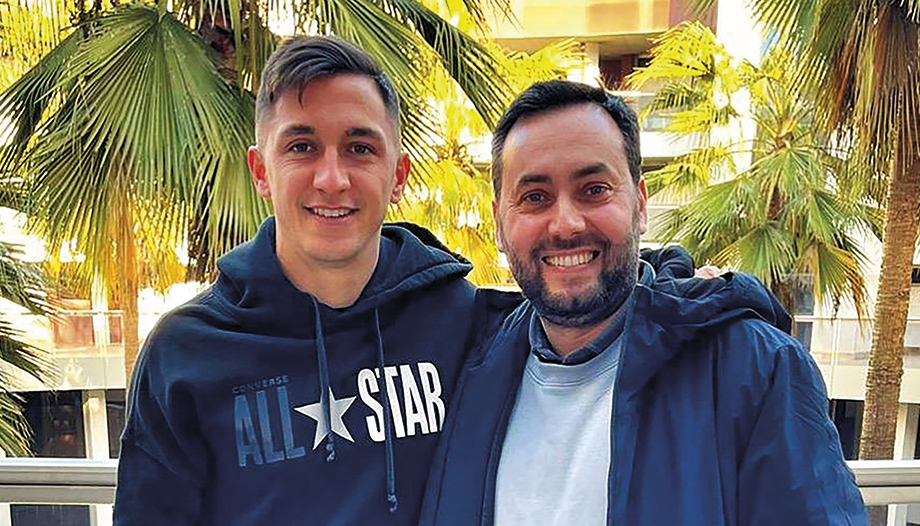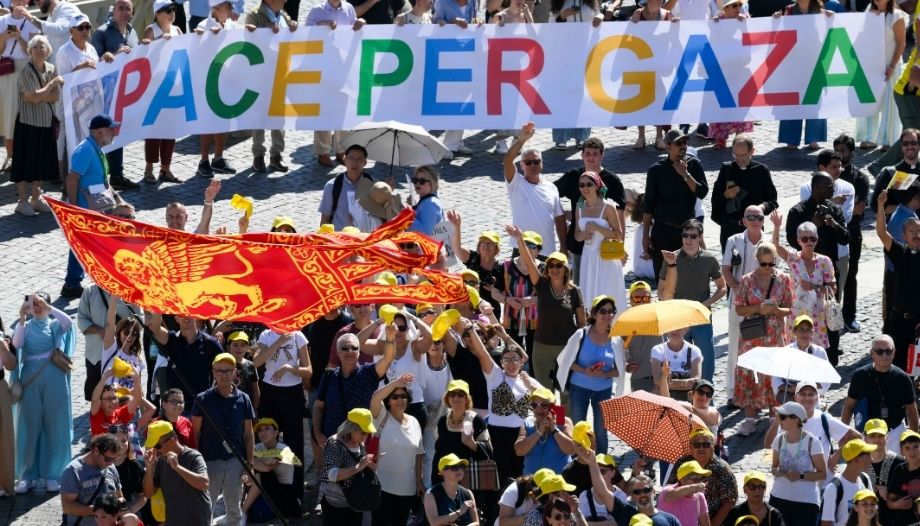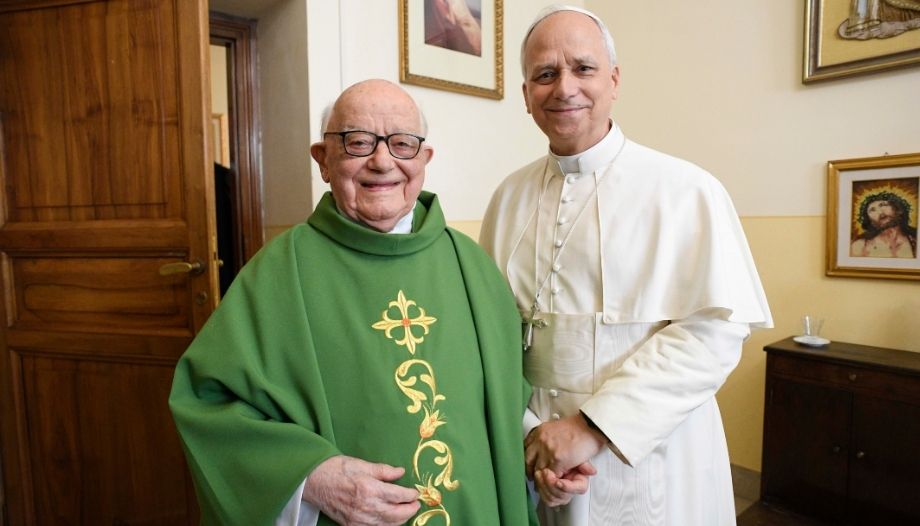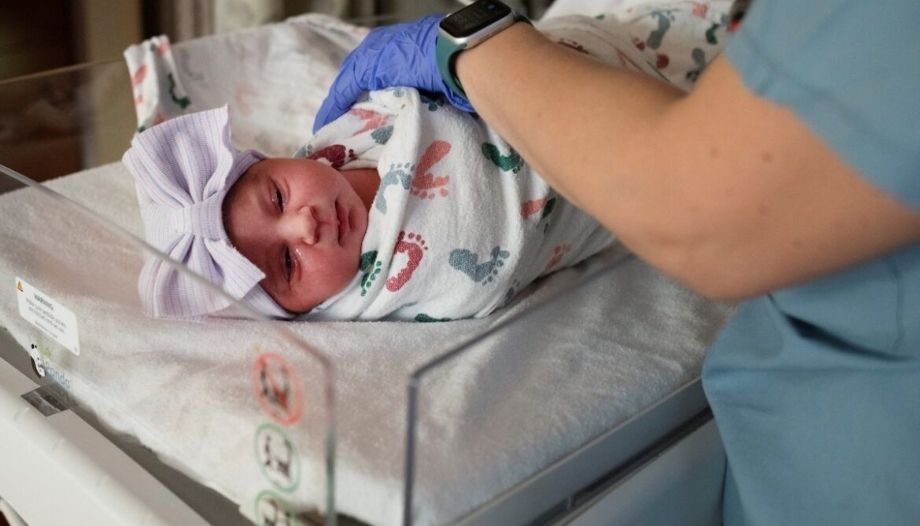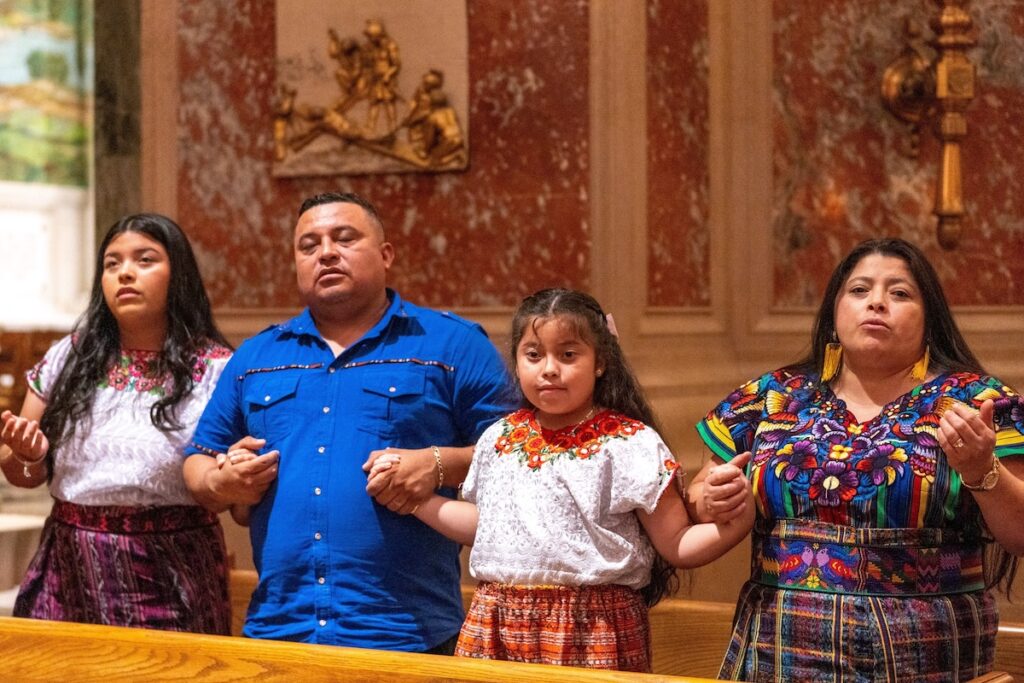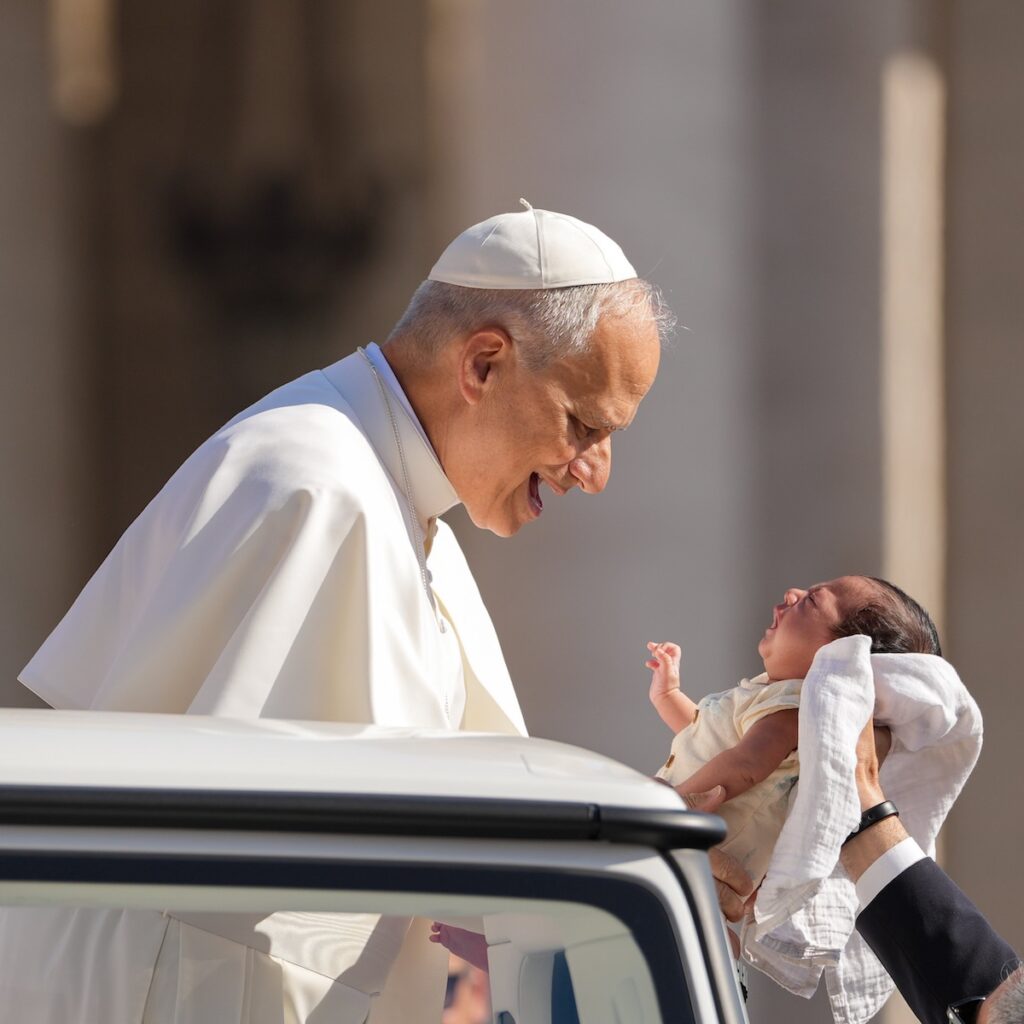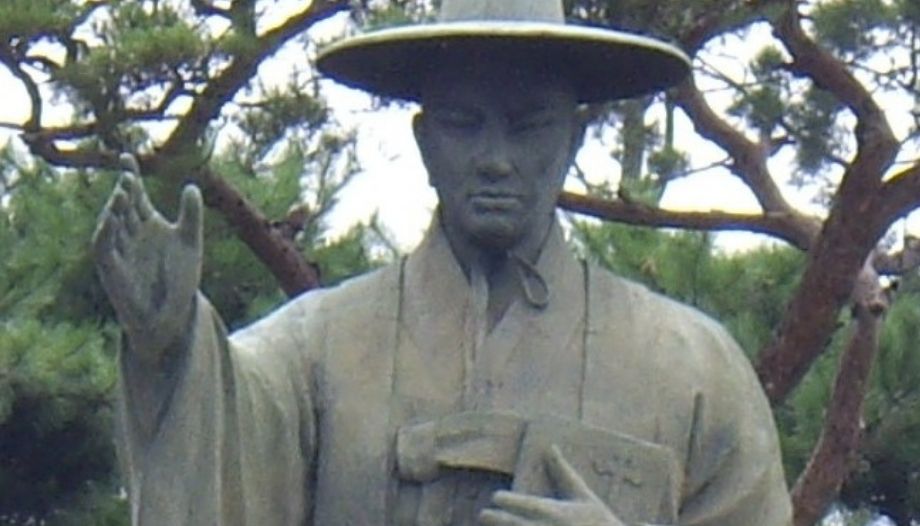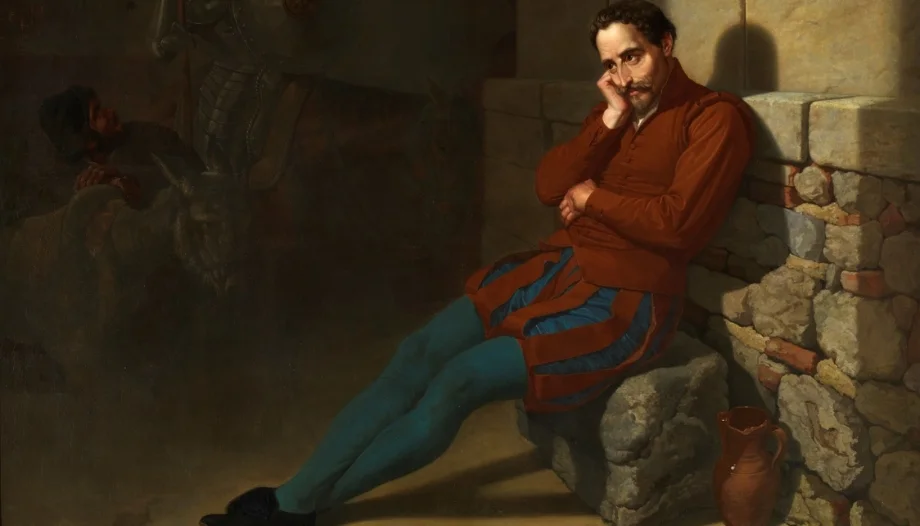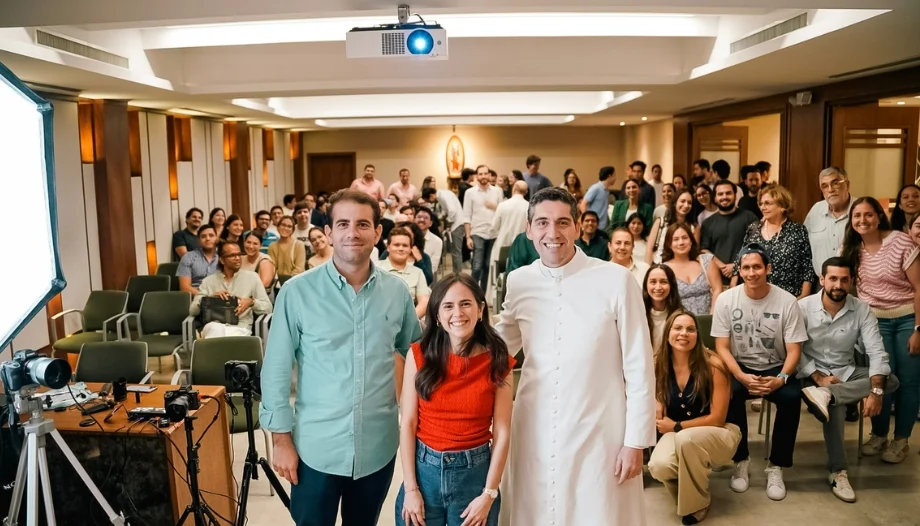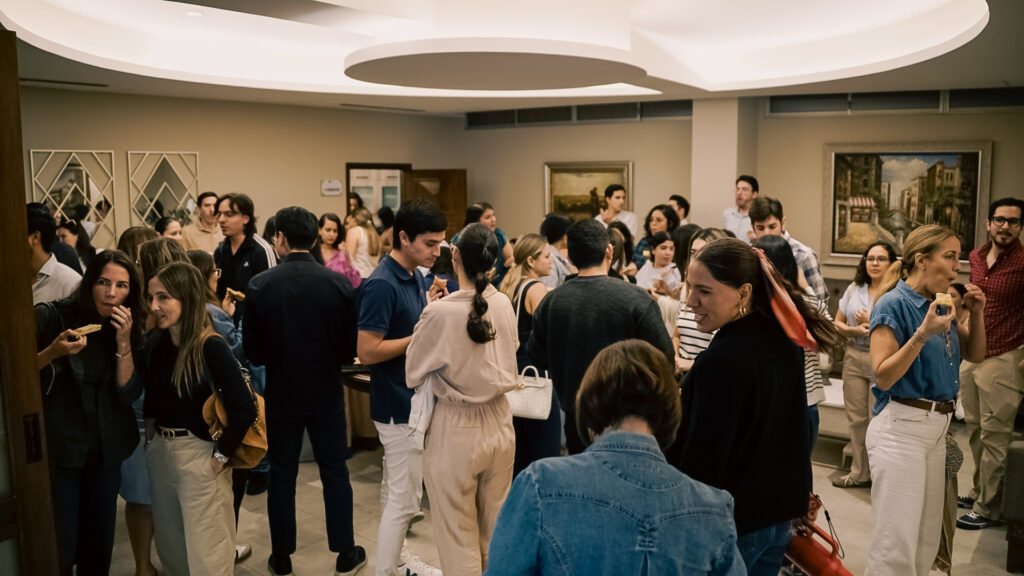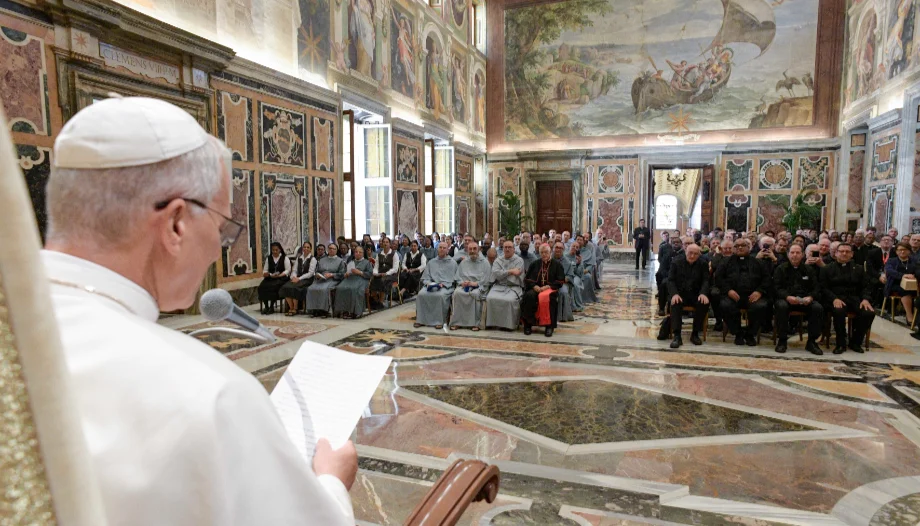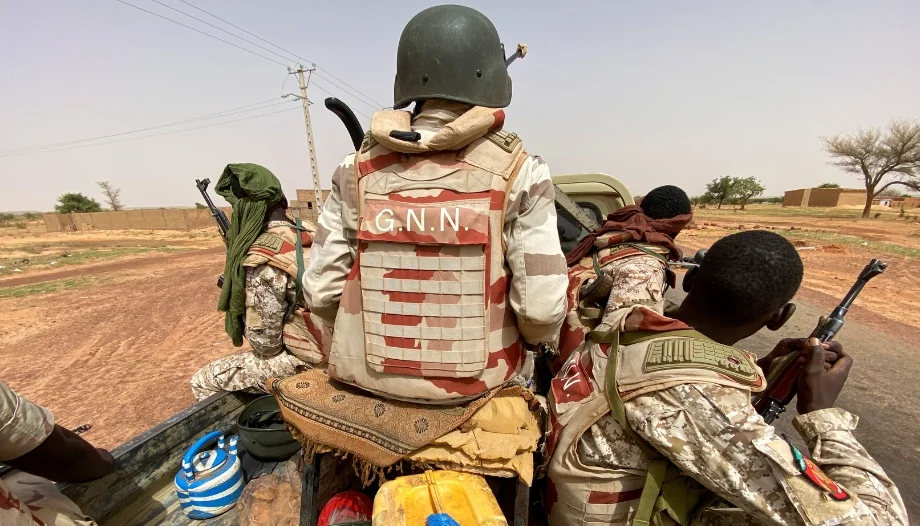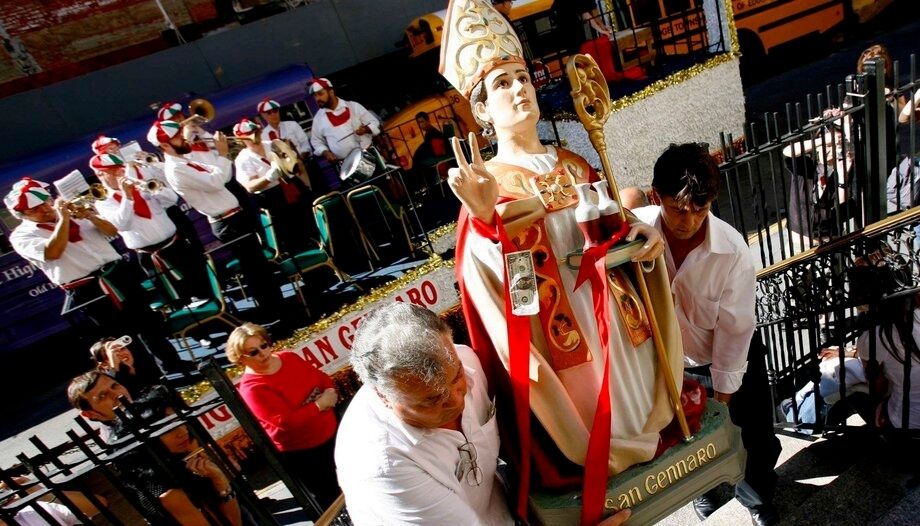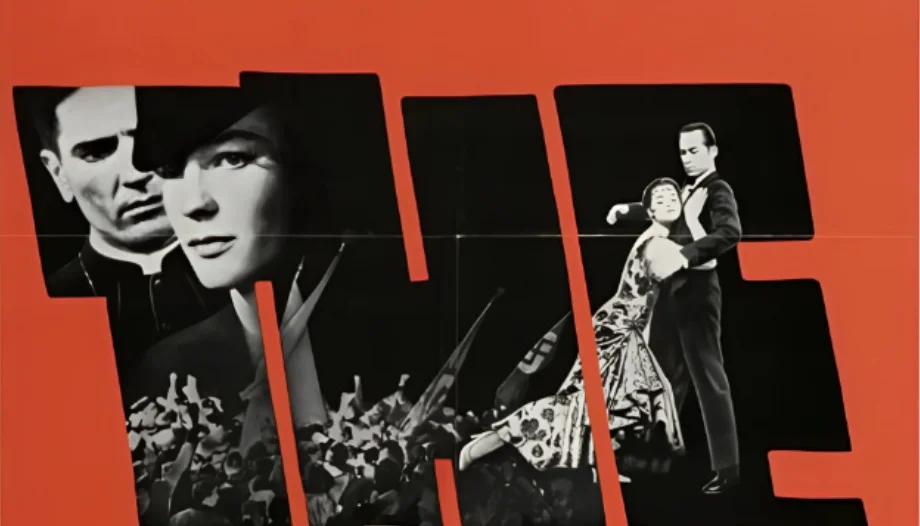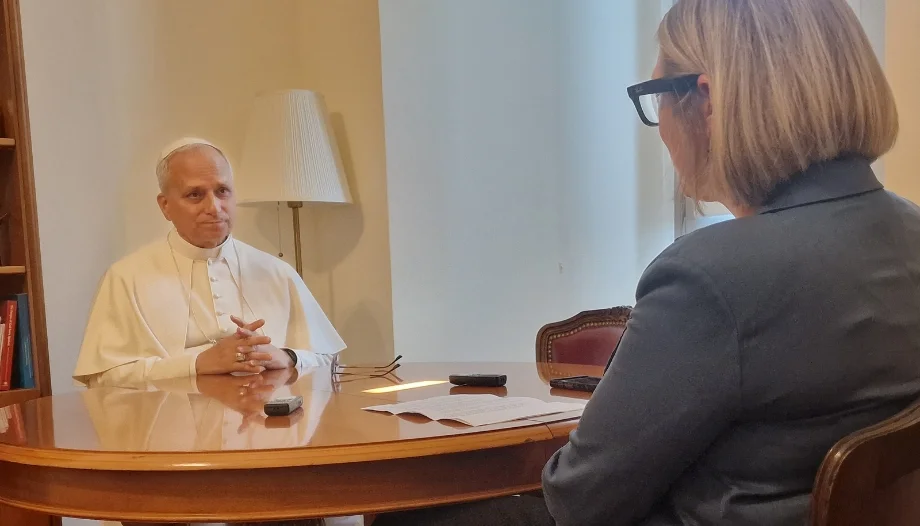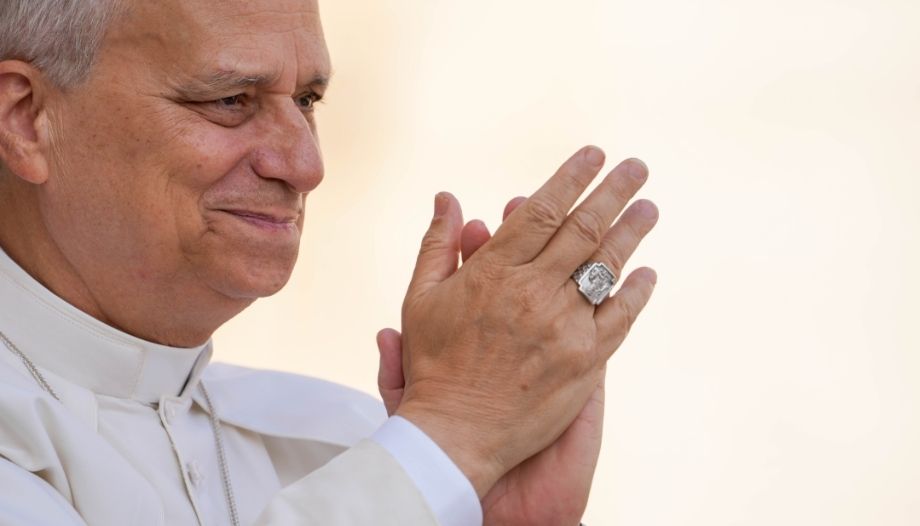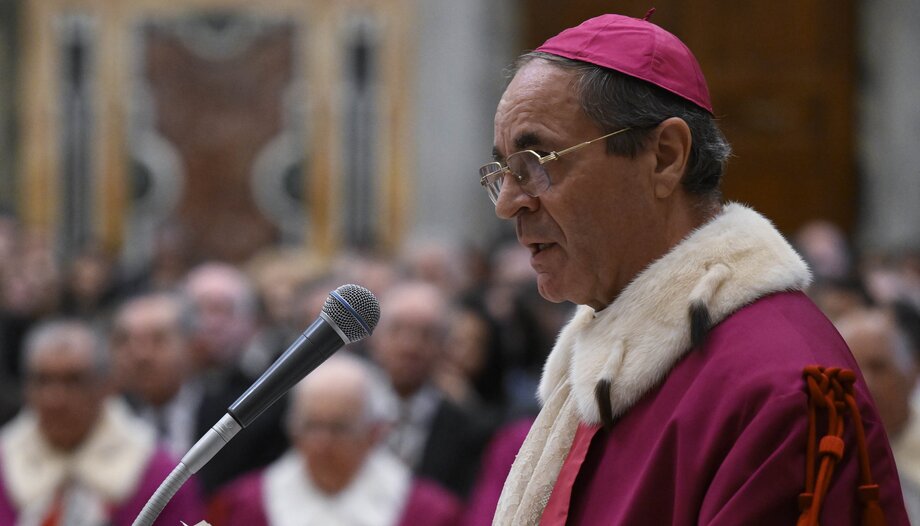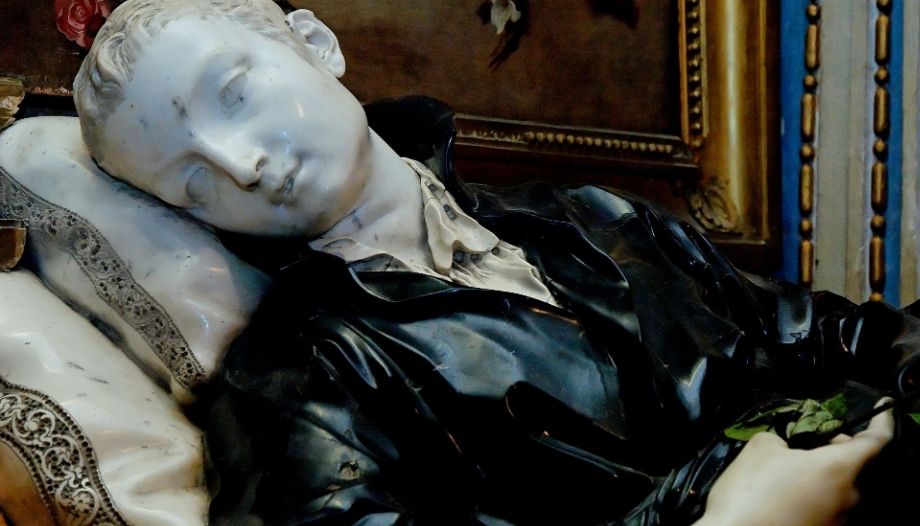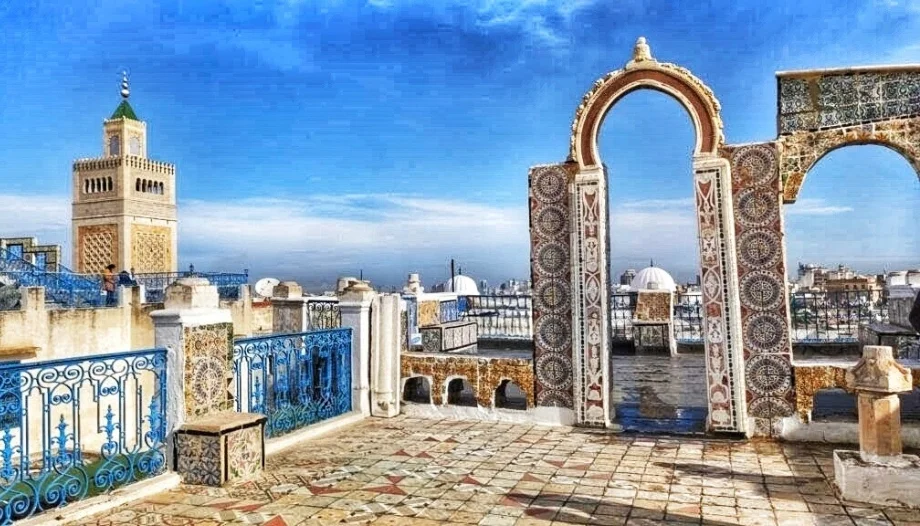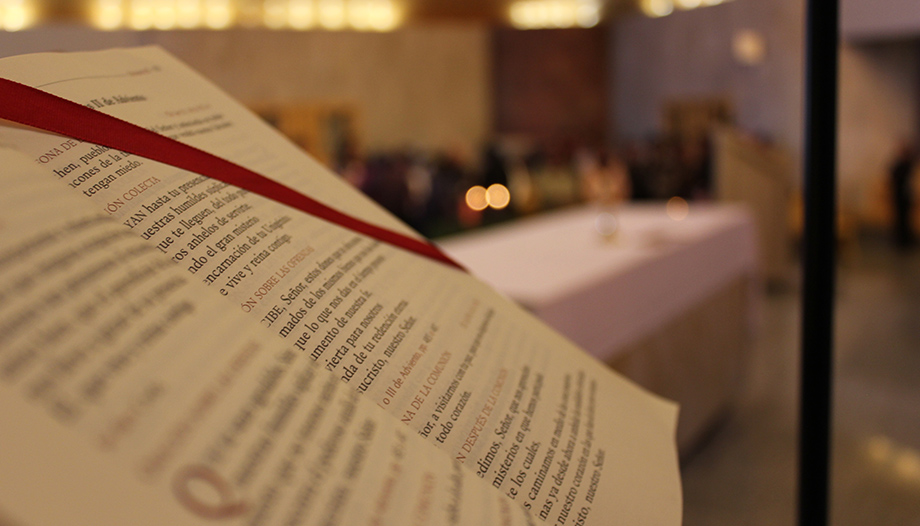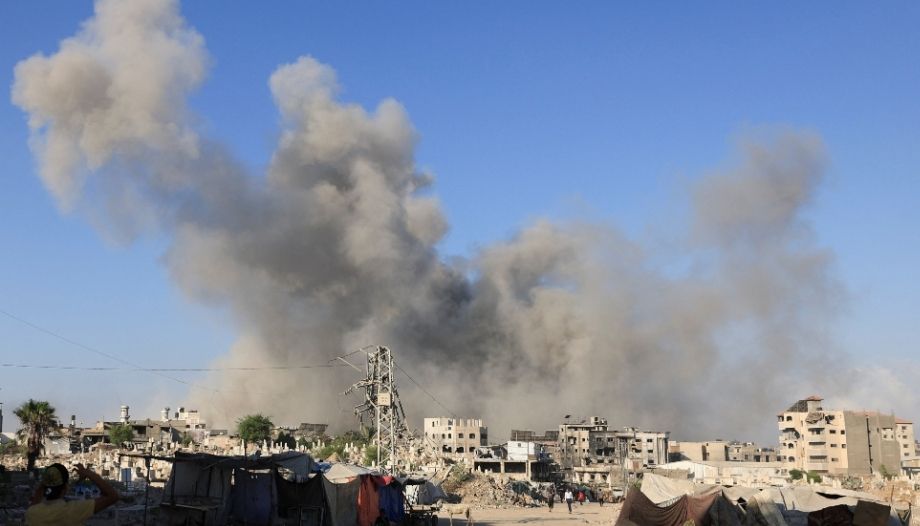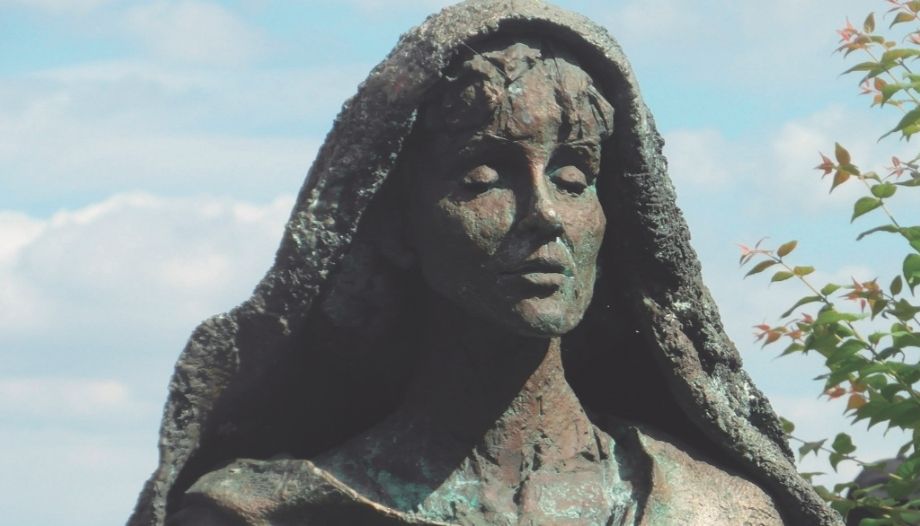Tatiana Goritchéva was born in St. Petersburg (then Leningrad) in 1947 and died in her hometown on September 23, 2025. There she studied philosophy and radio engineering and was for some time head of the Komsomol (Communist Youth).
At the age of 26 she converted to Christianity. Later she founded with some friends the first feminist movement in the Soviet Union, MARIA, from which she organized religious seminars and published two underground magazines. After several interrogations and imprisonments she was expelled from her country in 1980. For years she lived in exile in Paris. In her day she was able to meet personalities such as Heidegger, Sloterdijk and St. John Paul II.
In his books "Talking about God is dangerous. My experiences in Russia and in the West." (Herder, 1987); "The power of Christian madness. My experiences." (Herder, 1988) and "The strength of the weak". (Encounter, 1989), Dr. Goritchéva narrates how, as a communist youth leader and philosophy professor, she took refuge in a life of excess, enthusiasm for Western and Eastern philosophies and dedication to yoga. Until she meditated on the Lord's Prayer and found the faith that transformed her life.
Conversion
He understood "with all his being that God exists... a God who out of love became man.". He then rediscovered the Church in Russia, in spite of the persecution and gave a great testimony about the Russian people, about the sense of pain and persecution that, in spite of everything, cannot uproot the religious. This led him to make an appeal also to the people of the West to believe from the heart.
Goritchéva, in those now somewhat distant years, was convinced that only faith brings freedom: neither materialism nor communism nor even Eastern or Western-style cynicism provides it, but only what she called the "holy madness".
She was able to discover these madmen and fools in the midst of the uniformed masses of Russia and also in the consumer societies of the West. In these men and women Tatiana Goritchéva sees an opportunity for renewal for a Christianity that has adapted to the environment and seems to have lost its original strength. The Christian madmen are a sign of attention because they have the courage to live on the margins of society, at the very edge of existence.
Great humanity
Almost 30 years after those enlightening words, last year I had the good fortune to speak briefly with Tatiana Goritchéva again and I would have liked to talk with her about what it meant for a Russian emigrant to have to live in Europe. The longing for the warmth provided by human closeness and an intense spiritual life, as well as the difficult attempt to put down roots in the cold atmosphere of the West, revealed to her our shortcomings, which have become more acute in recent decades.
She told me that she did not want to diagnose or polemicize, but to move in the sphere of cordial conversation, in the sphere of God and Christian fraternity, that she tried to live intensely and daily from her hope. She was tired and ill and we could not exchange more than a few messages that I am transmitting here so that they are not lost in oblivion.
Three years ago, I wrote to her in Russian through social networks (advantages of modernity because I don't speak or write this beautiful language) showing interest in her and she replied: "Dear Santiago! Thank you for your interest in my personality. Now I am in St. Petersburg, but I am ill and will leave for Paris in a week. But I hope to return to St. Petersburg in one or two months. Then everything will be possible." And he gave me his telephone number.
A month later I wrote to him again and he wrote back: "Dear friend! I am very glad of your interest in my modest person - and your love for Russia! But I am still undergoing treatment. And again they put me in the hospital (in Paris), where it is impossible to write, to give interviews... All my energy is spent on painful exercises and patient work on my body. Pray for me. I could give interviews in German, Russian, French... but everything has to happen in an atmosphere of creative openness and friendly understanding. Unfortunately, I won't be able to do that for a couple of months. In the hospital, I hope to be able to establish contact."
Love for animals
Already by whatsapp, to a photo I sent him of a student of mine making a presentation on Tatiana Goritchéva, he replied: Christ is risen! As I noticed that in his social networks he shared abundant photos of cats and other animals, including a nice picture of Benedict XVI already retired from the pontificate smiling at a kitten that grabbed him by his white cassock, it occurred to me to send him a video where you see a multitude of birds of all colors with the phrase "not even Solomon in all his glory could dress like that".
The next day he answered me: "Christ points directly to the supreme Beauty of birds and beasts. They have transmitted to us the harmony of heaven. They have preserved both Goodness and Truth".
One day she phoned me to tell me that we could not have the interview until she had recovered. She spoke Russian, French and German and I spoke Spanish and I was fluent in English. I thanked her for her call and assured her of my prayers. I would have liked to ask her how she is doing and what her life has been like since the 1990s when she was well known in Europe for her books. I would also like to know what Christianity brings her today.
Faith and today's society
Dostoevsky says in "The Idiot" that beauty will save the world and some people think that he was referring to moral beauty, to Jesus Christ, to the Good and to good people, in short. I would like to have asked him what Dostoevsky is still saying to people today. Also about his opinion on the role of Spain in history, his work in America, etc.
I was curious to know your opinion on how Christianity (itself humanly divided) can contribute to unity in our increasingly polarized societies, and how, if possible, Christianity can assume a leading role in the dialogue with a secularized society. And how it seemed to you that Christianity can assume - if possible - a leading role in the dialogue with a secularized society. Is this dialogue possible?
I remained without asking her what the Roman Church can contribute today to the Eastern "lung" of the Church; what authors had she read or was reading lately; what current Russian and foreign authors did she find of interest and why; did she read the novel "Laurus" by Evgenii Vodolazkin which was well received in Spain; how did Dr. Goritchéva see the role of intellectuals in building bridges between cultures and between people?How did Dr. Goritchéva see the role of intellectuals in building bridges between cultures and between people; and how did she see the situation of women in Europe and Russia today; how to avoid that a possible return to "traditional values" in Russia would result in a return to some of the sufferings endured by women in Soviet times?
I would have ended the possible interview by asking him about the current concern about the environmental issue and the role of a "integral ecology". (to be jointly concerned about the planet and people without seeing them as a dangerous threat). And I would also have asked him for his opinion on the role of the University today and how we can transmit hope to the new generations who seem to see only dark clouds on the horizon.
I was left wanting to hear her answers, but with the satisfaction of knowing that, despite the years and the difficulties, Tatiana Goritchéva has trusted to the end in Christ as Savior of the world and of each one of us.





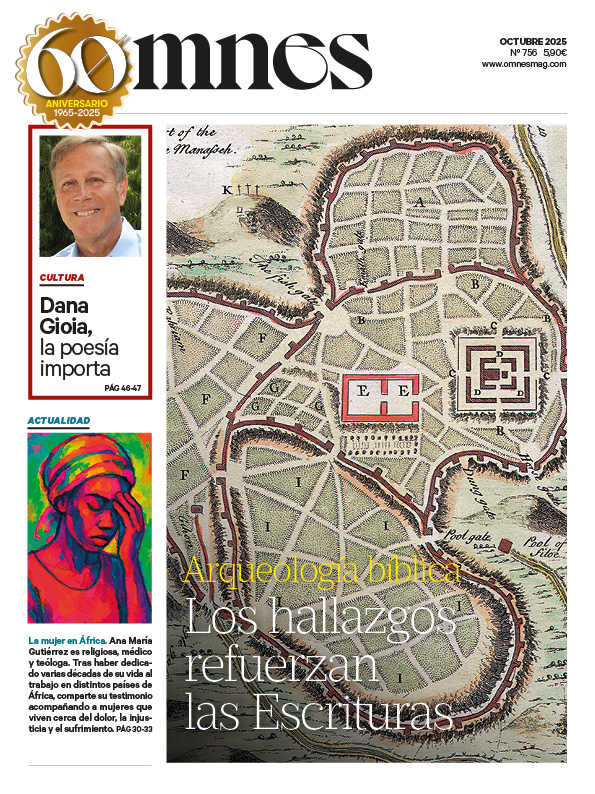


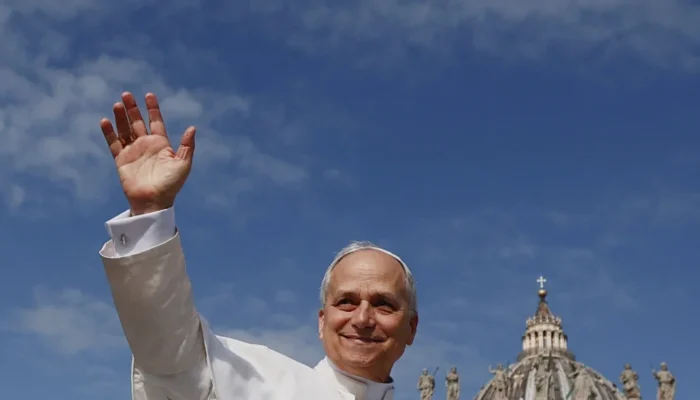
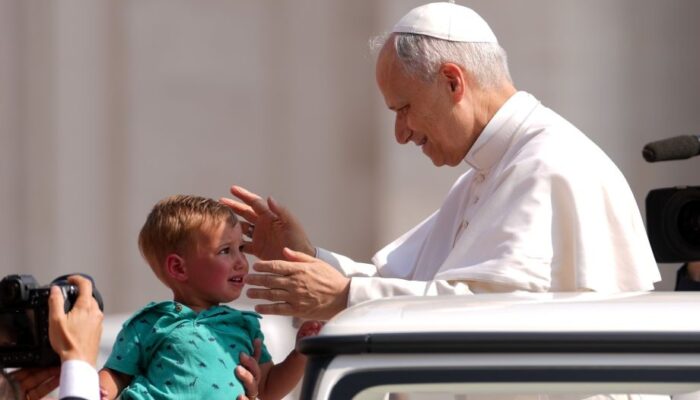
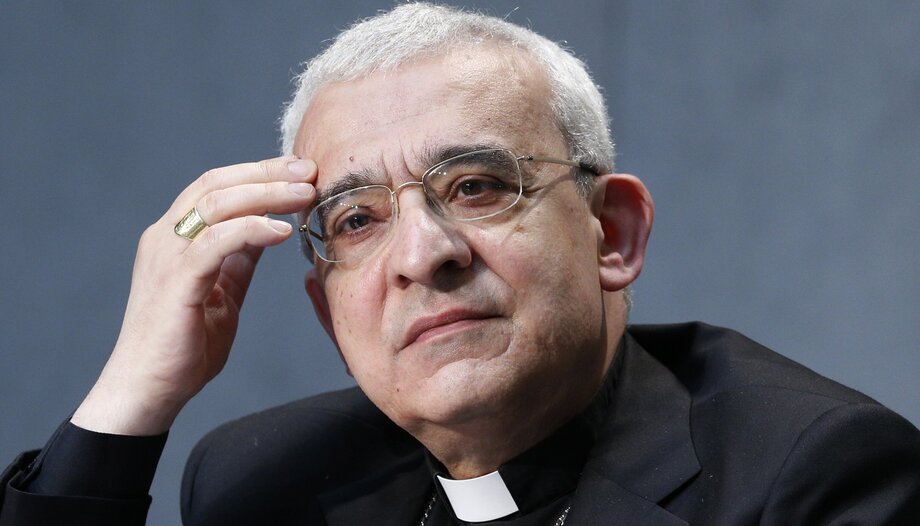

 Big theft, small thief
Big theft, small thief
